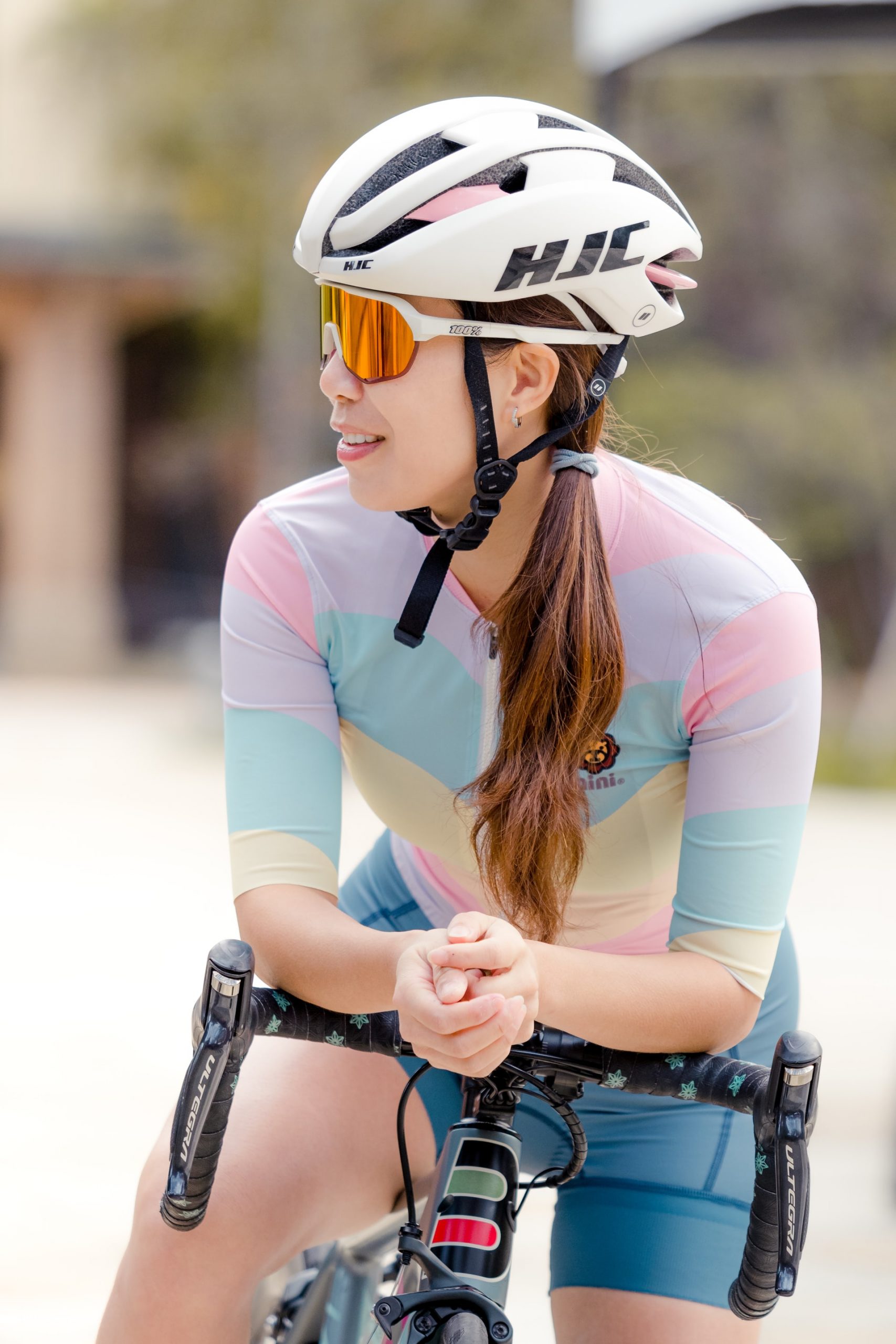Having the right size bike helmet is important for safety when mountain biking. A helmet that is too big or too small will not properly protect your head. Using a tape measure allows you to precisely determine your helmet size for a good fit and coverage.
Gather Your Supplies
There are just a few simple items needed to figure out your bike helmet size at home. You’ll need a soft measuring tape, a pen or pencil, a piece of paper, and a helper like a family member or friend. Before getting started, find a spot with good lighting and remove any hair accessories that may get in the way of measuring.
The soft cloth or plastic measuring tapes that you can buy at a craft store work best. The stiff ones are not as easy to adjust around the shape of a head. Make sure to use a new measuring tape instead of relying on any markings left over from previous measurements.
Measure Your Head Circumference
The main measurement used to determine helmet size is your head’s circumference. This means wrapping a measuring tape all around the widest part of your head. Here’s a step-by-step guide for precisely measuring a mountain biker’s melon:
To start, have your helper face you. Place the tape measure across your forehead, right above your eyebrows in front. Stretch the measuring tape straight back, over the spot on top where your head is the widest, then bring the two ends together so they overlap underneath your chin. The person helping you should adjust the fit of the tape to lay flat on your skin without being too tight or being able to slide up and down.
Have your helper record the measurement of your head’s circumference to the nearest centimeter, carefully slide the ends to match up at that centimeter mark, and then double check your measurement by confirming the circumference one final time. Repeat the measurement two or three times and average the results for the most precision.
Use a Size Chart to Convert the Measurement
Once the exact head circumference is determined in centimeters, use a helmet sizing conversion chart to find your helmet size. Mountain bike helmet sizes are usually given as small, medium, or large. Here is a general guide for converting centimeters into sizing:
- Small helmet: 50-56 cm
- Medium helmet: 55-59 cm
- Large helmet: 58-62 cm
So for example, if the tape measure around your head reads 57 centimeters, you would fall into a size medium helmet according to most mountain biking helmet manufacturers’ sizing charts. A 55 cm head might fit into a small or a medium, while 59 cm is solidly a medium. Once you’ve established that you indeed fall into the size range for a particular helmet size, double check the sizing guidance for your preferred brand and model to confirm.
Try On the Helmet for Fit
Finding your general mountain bike helmet size using head circumference measurements is a useful starting point. However, slight variations in head shape mean the only way to determine if a helmet truly fits properly is to try it on.
When fitting a bike helmet for mountain biking, make sure it sits level on your head and comes down low enough to fully cover your forehead. The helmet should not rock forward, backward or side to side once the chin strap is fastened snugly. Safety standards require close helmet contact with wearers’ heads, so there should not be more than two finger-widths of open space between any part of your head and the inside of the helmet lining.
For the best protection, the helmet should sit squarely on the crown of your head when standing straight. Proper positioning enables improved shock absorption in the event of a crash. Some helmet models offer vertical or horizontal adjustment systems to help dial in the fit.
Adjust Fit and Features for Comfort
With safety and sizing criteria met, tweak any other helmet features like vent openings, visors, removable padding or hair ports for maximum comfort. Take time to make adjustments specific to the mountain biking terrain and climate you plan to ride in. Fastening and unfastening chin straps and making small turns of helmet adjustment dials enables you to nail down options to suit your personal preferences.
Once a helmet is properly sized and adjusted to you, it provides an essential layer of safety as you take on rugged single track and technically challenging downhill runs. Take care to follow recommendations for when a new helmet is needed after any significant impacts.





